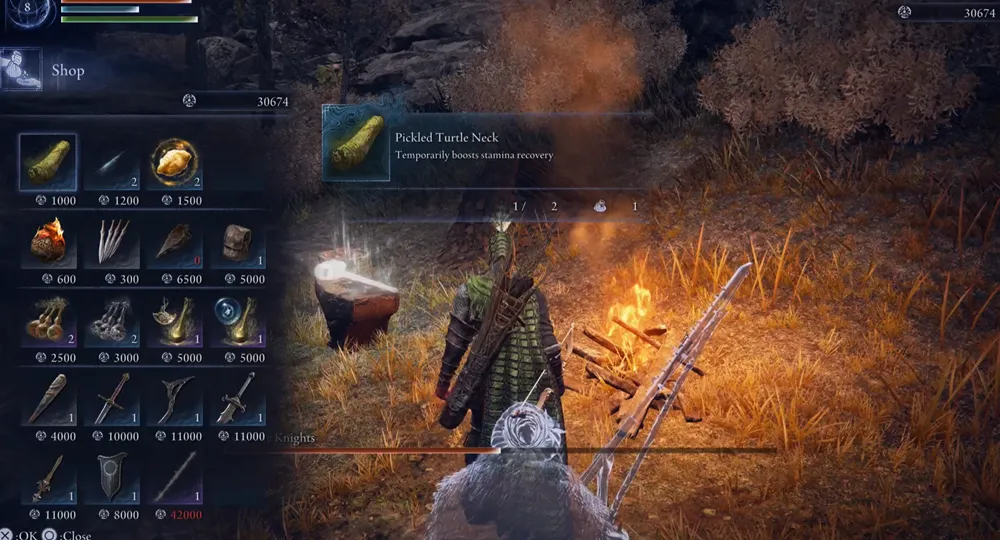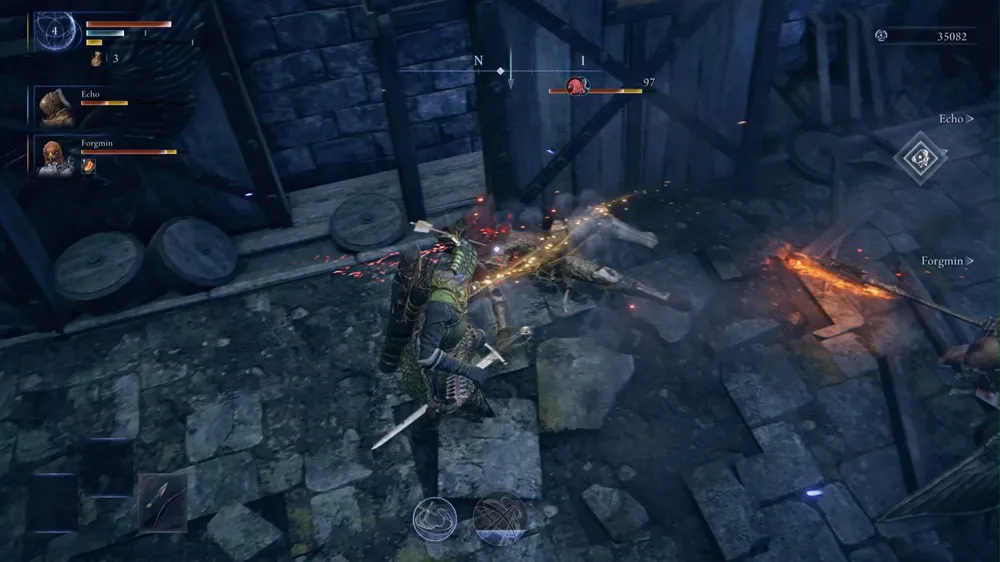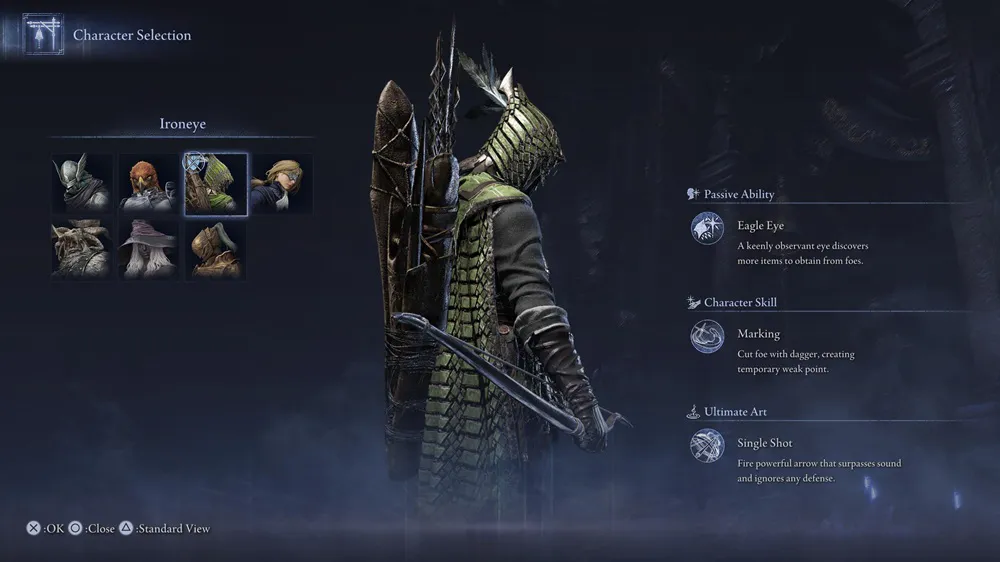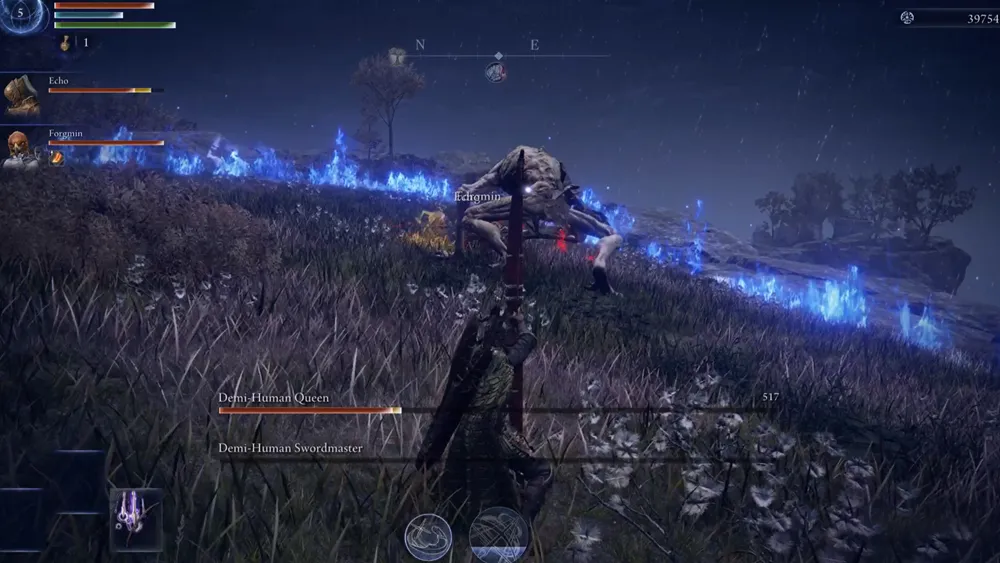After countless rounds and gameplay, we finally think we have the key to beginning Elden Ring: Nightreign because we all wish we had started this way. Hi, this is Leo from Eos Faction, and today on Console Game Stuff, we will take you through 7 beginner tips for playing Elden Ring: Nightreign.
Recommend Solo Playing Before You Play with Others

Let’s face it, this advice should be a given. Yes, it’s exciting to jump right into gameplay, but if you’re not ready, you’ll find your team bailing before the day even begins. So, play solo.
- Get a lay of the land and concepts around enemies.
- Level, level, level. Leveling up at a level point is a must to beat bosses. Getting to level 5 by the time you fight the Day 1 night boss is important to stand your ground. Getting to level 10+ is important on Day 2 boss battle because you’re fighting the Day 3 boss right afterwards.
- Do a lot of searching for chests and battles underground or inside buildings to avoid missing out on key upgrades needed to reach the Night Lord.
- Try different characters. Get a feel for starter weapons and changing weapons as the game progresses.
- Practice climbing walls and how to get up huge hills with high jumps. Last thing you want is to start down a closing circle and get trapped on the edge of a cliff. (We’ve done that)
- Find the weapon upgrade and merchant in the field to recognize on the map. If you don’t find an awesome weapon to change to, upgrading your main weapon is a must or you can’t defeat anyone.
What you should do at the round table
Use the practice area in the back — it’s a great way to get warmed up. You can spawn an enemy there to test out your weapons, practice combos, and get used to dodging and parrying without the pressure of a real battle. It’s perfect for getting your timing down before heading into tougher fights.
Don’t miss the Small Jar Bazaar. It might not look like much at first, but they actually sell useful items that can give you an edge when starting out. Stock up on basic tools, throwables, and maybe even a rare item or two to help you survive those early encounters.
And make sure to talk to the Hood Maiden if you come across a timepiece. Give it to her — and don’t worry, you don’t lose it. Doing so unlocks something valuable later on, and it can kick off a chain of upgrades or lore that’s worth exploring.
Gameplay & Player Dynamics

The gameplay dynamics are randomized each round, and your experience can be drastically impacted by the team you’re matched with.
- Some players are all about themselves — they’ll rush off solo and either get themselves killed or somehow win the whole thing without coordinating.
- Other times, players actually stick together, and one person takes the lead, guiding the other two into strategic battles or loot-heavy areas.
- The bosses you face at the end of each day are just as varied as the landscapes you’re dropped into. No two runs feel the same, and that’s part of what makes the game so replayable.
- Weapons spawn randomly, so it’s important to be on the lookout for what you need. Don’t expect to find your favorite weapon every time — adapt to what you can get your hands on.
After you’ve played solo 3 to 5 times, you’ll likely unlock some Relic Rites. These can be added to your character slot to enhance your gameplay with permanent boosts.
- There are attribute boosts tied to physical stats or elemental power.
- Some Relics reduce cooldown times.
- Others give bonus effects depending on the type of enemies you’re fighting.
- There are also boosts for magic, incantations, and weapon attacks.
- A few relics even start you off with specific items right out of the gate.
Keep in mind: not every character can equip every type of Relic. Start by focusing on one type that matches your playstyle, then experiment with others as you go.
Other players in game
Most players I play with don’t think much about team party dynamics. Most just stick with their favorite character — which often means two players end up using the same one. Most of the time, that character is Executor. There’s nothing wrong with that, but we’ve found that having a diverse team makes boss battles a lot easier. A well-rounded group with a ranged attacker (Ironeye), a heavy damage dealer (Guardian), and an agility-focused fighter (Executor) can really help you push through each day more efficiently.
Why Ironeye Is Key in Every Party

So I’ve played all the characters, and I’ve noticed that no one ever picks Ironeye — even though he’s crucial in boss battles. Sure, you should always be fully leveled and equipped with strong weapons, but in a fight, Ironeye can draw the boss’s attention and take the heat off your team. Since you’re usually positioned far away, a well-timed charged attack from your greatbow can pull aggro, causing the boss to focus on you or rush Ironeye instead.
This strategy is perfect for situations where a teammate is down — it gives you a chance to revive them or lets them recover without pressure. Plus, Ironeye’s ultimate attack can be devastating if you’ve built up enough charge. Honestly, playing Ironeye makes a real difference in team play, and he’s become my go-to character.
Boss Battle Tactics

So you’re facing a boss — either one you’ve found or summoned — and it’s the three of you. You’ve got this. The long-range attacker should stay at a distance, focusing on consistent damage and clearing out summoned minions. The heavy damage attacker needs to stay in the thick of it, landing powerful hits and looking for weak points in the boss’s response. Most bosses have a vulnerability on their lower left or right backside — unless they have a counter swipe that can reach behind them.
Meanwhile, the agility-focused fighter should be darting in and out — rushing, attacking, backing off, and re-engaging while circling the boss. It might sound generic, but if you’ve played enough, you know this strategy works.
If You’re Ironeye in a Boss Battle

Once again, favoring Ironeye here can be the key to winning boss battles.
First, reviving your team from a distance. Since reviving a teammate requires striking them, Ironeye can do this early using a short bow — without needing to run through the boss to reach them. Countless times, I’ve been able to bring teammates back without drawing the boss’s aggro, just by staying smart with distance and timing.
Second, drawing aggro strategically. Like I mentioned earlier, your heavy and agility attackers are deep in the fight. But once I switch to my great bow and land a hit, the boss nearly always turns toward me — either rushing in or firing off a ranged attack. That gives my team the breathing room they need to either regroup or land some serious damage.
Finally, landing ultimate attacks safely. Since Ironeye fights from a distance, you can unleash your ultimate without being interrupted. If you time it right, you’ll take a serious chunk out of the boss’s health bar without ever taking a hit.
Just remember: once you draw aggro or let off your ultimate, your priority should be dodging and repositioning. Don’t get greedy. Taking shots up close or waiting too long to react can get you knocked out fast. You can switch to a sword if needed, but it won’t hit nearly as hard as a fully charged bow shot.


